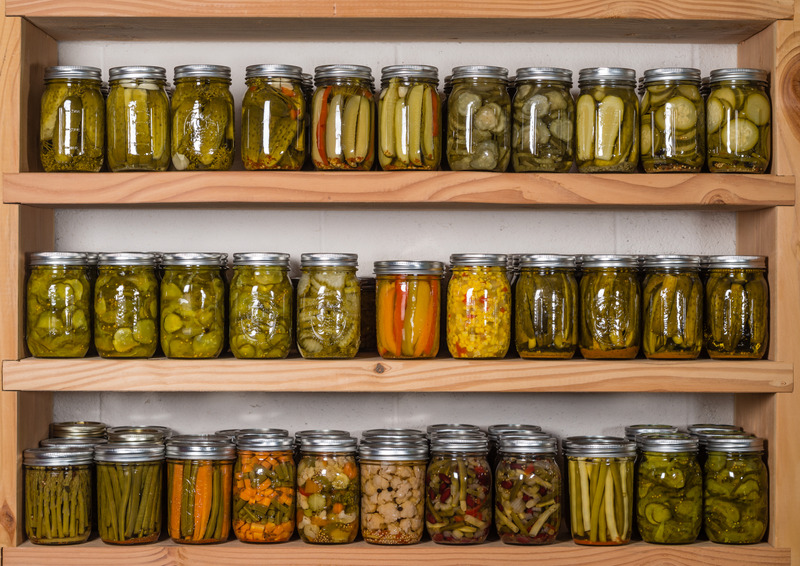Fall Food Preservation Tips
go.ncsu.edu/readext?824398
en Español / em Português
El inglés es el idioma de control de esta página. En la medida en que haya algún conflicto entre la traducción al inglés y la traducción, el inglés prevalece.
Al hacer clic en el enlace de traducción se activa un servicio de traducción gratuito para convertir la página al español. Al igual que con cualquier traducción por Internet, la conversión no es sensible al contexto y puede que no traduzca el texto en su significado original. NC State Extension no garantiza la exactitud del texto traducido. Por favor, tenga en cuenta que algunas aplicaciones y/o servicios pueden no funcionar como se espera cuando se traducen.
Português
Inglês é o idioma de controle desta página. Na medida que haja algum conflito entre o texto original em Inglês e a tradução, o Inglês prevalece.
Ao clicar no link de tradução, um serviço gratuito de tradução será ativado para converter a página para o Português. Como em qualquer tradução pela internet, a conversão não é sensivel ao contexto e pode não ocorrer a tradução para o significado orginal. O serviço de Extensão da Carolina do Norte (NC State Extension) não garante a exatidão do texto traduzido. Por favor, observe que algumas funções ou serviços podem não funcionar como esperado após a tradução.
English
English is the controlling language of this page. To the extent there is any conflict between the English text and the translation, English controls.
Clicking on the translation link activates a free translation service to convert the page to Spanish. As with any Internet translation, the conversion is not context-sensitive and may not translate the text to its original meaning. NC State Extension does not guarantee the accuracy of the translated text. Please note that some applications and/or services may not function as expected when translated.
Collapse ▲
Storage shelves in pantry with homemade canned preserved fruits and vegetables
With the fall months starting, it is a time to finish up some canning for those colder winter months. These are a few tips to keep in mind with fall produce if you are planning on canning or preserving some to eat later.
- First, with winter squashes like pumpkin, butternut or acorn squash, there is not a tested safe method for canning it pureed like pumpkin butters or pureed soups. You have a risk for botulism if you can pureed winter squashes. You are able to can cubed squash and here are some recommendations from Penn State Cooperative Extension. Another safe way to have it for later is to freeze your pureed squash or soup.
- Second, when canning soups it is important to follow a tested recipe. The types of vegetables in your soup and other ingredients can determine if it is safe to can. Check out these recipes at the National Center for Home Food Preservation.
- A third tip is to do a thorough inventory of what you have already stored. Check your dates and follow the First In First Out (FIFO) rule. If tested recipes and processes have been followed, our can foods will remain safe until we choose to eat them. They do end up losing their quality over time. We recommend that you plan to preserve enough food for 1 year or 1 ½ years. After that, you can begin to lose flavor, texture and even some nutrients.
- Preserving through freezing is always a great way to save food for later, while locking in nutrients.
For more tips on Food Preservation don’t hesitate to call our office or email Cathy Hohenstein, our Family and Consumer Science Agent at cathy_hohenstein@ncsu.edu.




